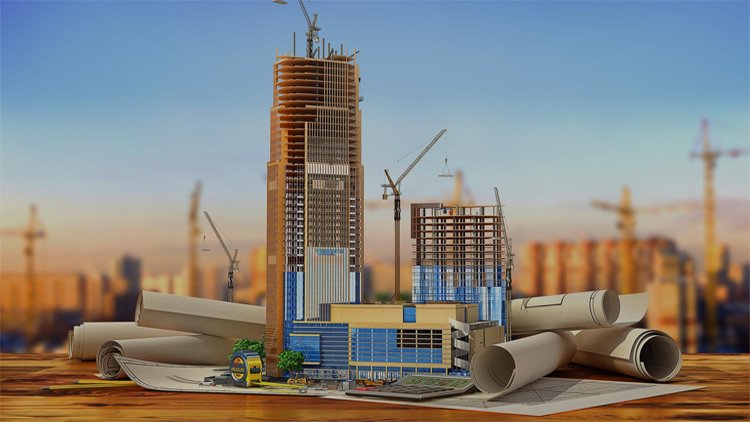This Blog Post explores the traditional competitive advantage building companies have exploited by being opaque and the current struggle/opportunity that technology brings with increased transparency.
As technology gets more and more powerful, it increasingly can roll back the shadows of uncertainty created by lack of knowledge or awareness. Examples include our smart phone cameras and voice recorders, police body cams, street cameras….all capturing events and activities in real time – events and activities that, in the past, were often hidden from view, or disputed after the fact because of faulty memory or false recollection.
Historically, this opacity was the product of underdeveloped technology or media infrastructure. However, in today’s world, opacity is often maintained intentionally, for the purpose of gaining competitive advantage.
Existing authority structures in all areas of life are confronting the fact that traditional practices, which rely on opacity and lack of access to knowledge, are increasingly threatened by technology’s piercing light of transparency. This is true in our personal lives, policing, politics, business, and, of course, Building.
Big data analytics and expanding databases, with ever more powerful algorithms, keep pushing back the shadows of uncertainty. Although this power of transparency provides new potential advantages for society at large, it is perceived as a threat to many who are unable or unwilling to make changes to their traditional methods of doing business. Conservative industry players insist that to maintain competitive advantage and profit margins, their own unique data and processes must remain opaque and siloed.
Before the advent of current technology, it was not possible to conceive of a way that all this data could be captured, structured, and then accessed by all parties. So, each player had to fight for their own version of reality because there was no greater source of truth. More frequently than not, more aggressive and persuasive folks win the arguments about disputed events. Not necessarily because they are correct, but because they are more persuasive. This has been standard operating procedure since the beginning of time – not only in Building, but also in our personal and political lives.

However, in the last few decades, an enormous power has been evolving, bringing together the following elements:
1. Automatic Data Capture, scanning, sensors, etc.… to identify, capture, and create extraordinarily large databases.
2. Big data analytics
3. Algorithms and AI
All of a sudden, traditional power bases in various institutions are faced with a growing awareness that their ability to shape and control their own version of reality will be challenged by factual data being captured and distributed in real time. This creates a serious stress between the new power based on technological transparency, and the established power based on opacity.
This confrontation is being played out in real time throughout our society. The conflict is perhaps best exhibited by the power smart phone cameras provide in allowing individuals to capture politically fraught interactions in real time. These recordings are becoming an objective source of shared truth – and the basis for potential change.
Building is developing similar capabilities with site cameras and the digital sharing of documents, decisions, schedules, budgets, etc. (the list is essentially endless) that allow team members to access current project data wherever they are connected to the internet. Additionally, as more data becomes truly structured, workflows and analytics will evolve to give each team member a project view customized to their specific needs and role. This will enable a clarity of understanding among project participants hat, to date, has just not been possible.
In short, it will be platforms like BuildUSA’s BCE, operated within new building delivery models, like Optimized Building, that will demonstrate the advantages and power of our new digital tools. Digital innovation is shifting the center of gravity of Building, increasingly favoring the new world of collaboration, transparency, and clarity over the old world of centralized authority and opacity.
Personally, I’m looking forward to the shift.
Do you want to become a member of Build Blog? Subscribe to Steve’s Build Blog and stay up to date on optimized building and the innovative solutions required by the future building industry.
